9+ SAMPLE Stock Research Report
-
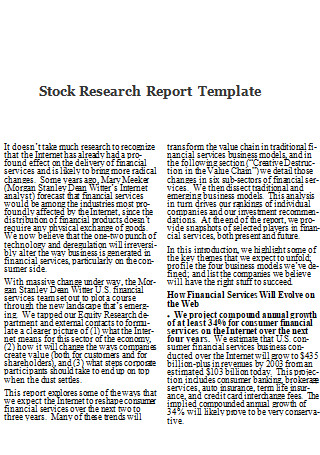
tock Research Report Template
download now -
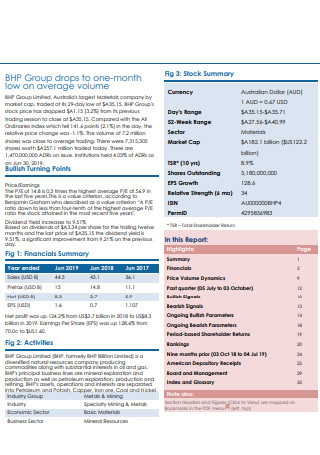
Daily Stock Research Report
download now -
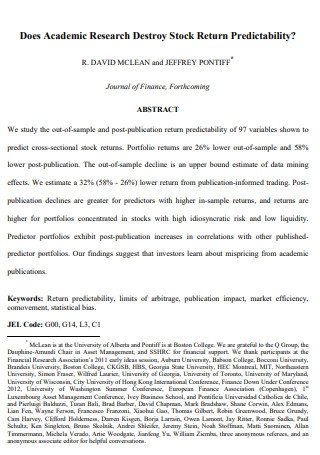
Sample Stock Research Report
download now -
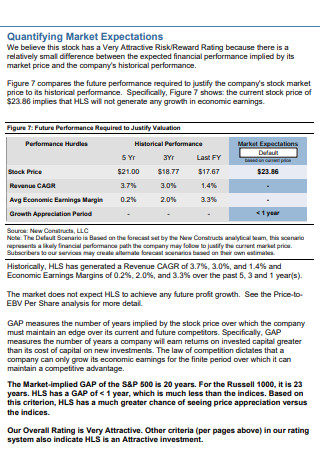
Stock Research Report Format
download now -
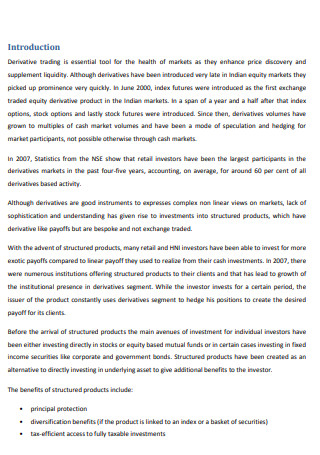
Sample Stock Exchange Research Report
download now -

Basic Stock Research Report
download now -
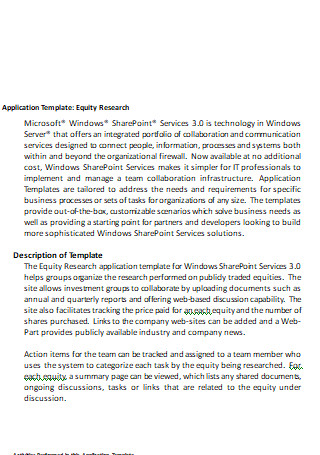
Company Equity Research Report
download now -

Formal Stock Research Report
download now -
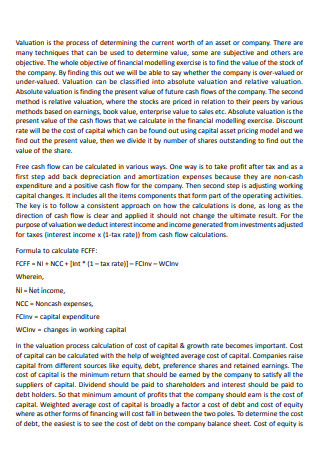
Equity Share Research Report
download now -
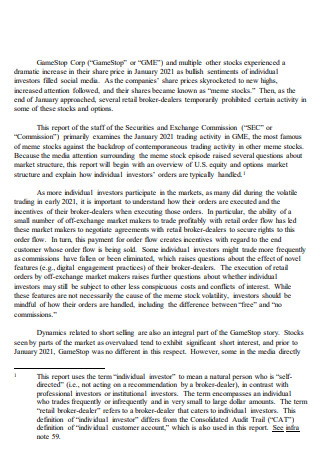
Standard Stock Research Report
download now
FREE Stock Research Report s to Download
9+ SAMPLE Stock Research Report
What Is a Stock Research Report?
What’s In a Stock Research Report?
What are the Types/Categories of Stocks?
Steps in Researching Stocks
FAQs
What is the importance of a stock research report?
What is the difference between common and preferred stock?
What are cyclical stocks?
What Is a Stock Research Report?
Before we get into the deep details of a stock research report, what is stock all about? Stocks, in the most basic sense, are a claim to a company’s assets and ownership. Stock, in its wider definition, is a sort of security that reflects ownership of a portion of a business. This allows the stockholder to a share of the company’s assets and profits in proportion to the amount of stock they possess. A person who holds stock in a firm is then known as a stockholder of that company and is entitled to a portion of the company’s remaining assets and earnings. Owning stocks provides benefits such as having a stake in a company’s assets and the opportunity to receive earnings, known as dividends.
When a person decides to enter the stockholder world, prior knowledge is an advantage and advice will always be needed, which can come in the form of a stock research report. Also known as an equity research report, this is a business document that is prepared by a financial analyst, equity analyst, or research expert that provides recommendations to investors who trade stocks publicly. Typically, this analysis will assist investors in determining whether it is advisable to sell, purchase, or hold their public company shares. Furthermore, this document includes an overview of the company, the industry in which it works, the management team, its financial performance, the risks that exist, and so on. This sort of research report is very beneficial to novice investors since it may help them make informed financial decisions and avoid burning their money unnecessarily.
What’s In a Stock Research Report?
Since a stock research report contains advice for investors (particularly new ones) on selling, purchasing, or holding stocks, it needs to be effective. And for this document to be effective, it needs to have these key components present; take note that it may vary depending on who it’s for and what the specific intention is.
What are the Types/Categories of Stocks?
Listed and discussed below are some of the types/categories of stocks that any party interested in entering the investment world should know:
Steps in Researching Stocks
When you want to get involved in the world of investing in stocks, you need to do proper research first. This is because it can help you evaluate a company and decide if it’s worth investing in or not. With that being said, here are the steps in carrying out proper research of stocks:
1. Review the Company’s Financials.
The first step in researching stocks would be to conduct a review of the company’s financials. This step is also known as performing quantitative research on the company. The first stage in conducting stock research is to undertake a detailed study of the company’s balance sheet, its sources of revenue and how it manages its cash, and its sales and costs. In addition, the company’s quarterly update on operations and financial outcomes should be reviewed. With this information, the person should be able to compare a company’s performance to that of other contenders for the crucial investment funds.
2. Establish Risk Tolerance and Budget
After performing a review of the company’s financials, the next important step in performing stock research would be to establish risk tolerance and budget. When conducting stock research, it is critical to set both risk tolerance and a budget. This phase is critical since some stocks may produce a constant return but do not have the same potential for growth as a fledgling company. Furthermore, there is a higher risk of a startup underperforming or perhaps going out of business. As a result, one must strike the right balance between how much risk one is ready to accept and the type of return one anticipates. Furthermore, money will play a part since if the budget is very little, the person may have to take larger risks to obtain the desired return.
3. Perform a Qualitative Research
After establishing the risk tolerance and budget, it’s time to perform qualitative research. In this step, if quantitative research discloses a company’s financials at the surface level, qualitative research gives more thorough details that provide a more accurate view of the company’s performance and future. When conducting qualitative research, keep in mind factors such as how the target company makes money, whether or not the company has a competitive advantage over its competitors in the same industry, how good the company’s management team is, and what could possibly go wrong or have a significant impact on the company’s operations in the future.
4. Analyze the Research Results
After performing the qualitative research (taking a deeper dive) on the company’s financials, it’s time to have an analysis of the research results and put them into context. In this step, develop a well-informed viewpoint about the firm and what characteristics make it deserving of a long-term partnership. Context is essential in order to develop this viewpoint. Pull results back from the qualitative and quantitative research to examine the company’s historical information in the long context. This will provide insight into the company’s resilience through difficult times, responses to obstacles and its long-term potential to increase performance and produce shareholder value.
5. Pick the Stocks
After analyzing the results of the qualitative and quantitative research performed on the company’s financials, it’s time to proceed to this last step, which is to pick the stocks that align with the investment goals. Consider whether value investing is preferable over growth investing when selecting stocks that best meet the investment goals. Also, keep an eye on the budget and the risk tolerance. Following that, it is time to develop an investment plan. Certain indicators, such as price-to-earnings, lean themselves more to value investment, whilst others, such as profit margin, lend themselves more to growth investing. Depending on how risky a particular stock is, it may be compared against one’s risk tolerance and budget to determine whether to invest and, if so, how much.
FAQs
What is the importance of a stock research report?
One importance of having a stock research report is that they offer a detailed look into a company’s health. How, you may ask? Well, stock research reports frequently strive to be as detailed as possible in their findings and research, ensuring that the information included inside the report is reliable and valuable to investors. The reports may remark on industry trends, a business’s success within its industry, or internal corporate processes. All of the data and information gathered by an analyst can contribute to the completeness and effectiveness of the reports.
What is the difference between common and preferred stock?
Common stock is a form of stock that allows the owner to participate in shareholder meetings and collect any dividends paid out by the firm. Preferred investors often do not have voting rights, but they have a greater claim on assets and earnings than regular stockholders. Furthermore, preferred stockholders will have a larger claim on assets in the case of a liquidation.
What are cyclical stocks?
Cyclical stocks are those of firms that sell luxury and discretionary products and services. This type of stock includes equities of airline firms, hotels, automobile manufacturers, and so on. They are so termed because the success of such equities is tied to the overall health of the economy. When the economy performs well, the prices of such equities often remain high; when the economy performs poorly, the values of such stocks typically decline significantly.
Investing in stocks can be a risky business, and if you go in completely blind, you run the risk of completely losing some of your hard-earned cash. The individuals need to have some basic information first, and this is where a stock research report comes into play since it helps investors know about the company’s health and it lets them determine whether to invest or not. In this article, there are sample templates available for you to have a look at should you need further understanding regarding this type of document.
